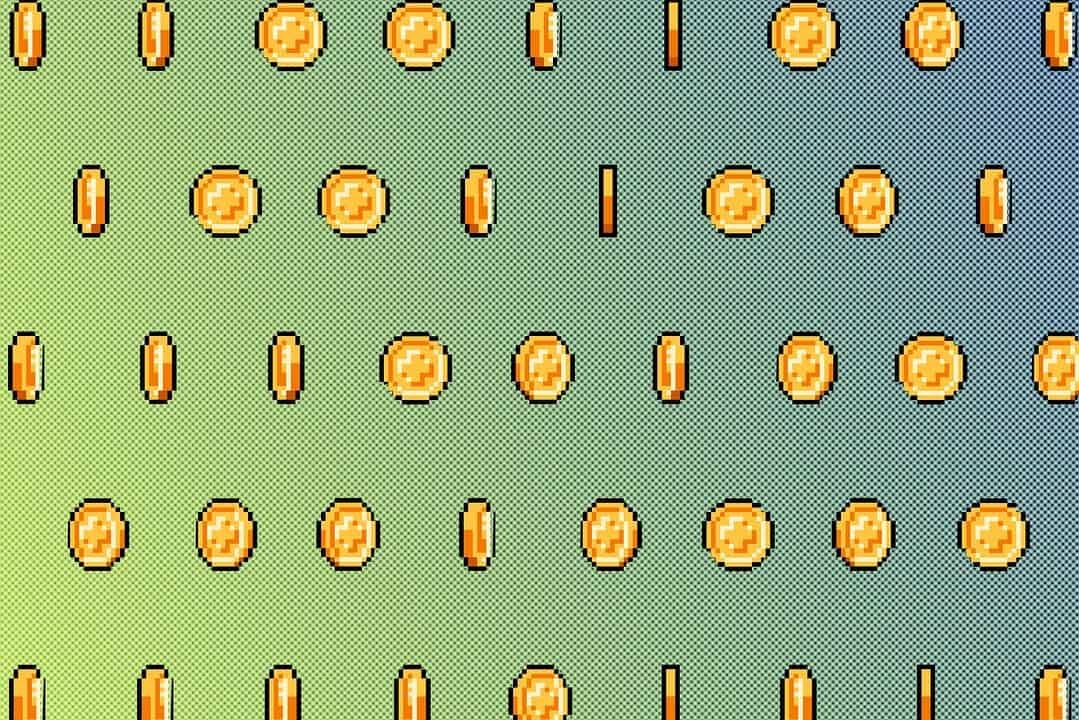Balance
People who play multiplayer games have already heard this word.
What is balance? Balance is a set of tables, each of which is responsible for a different set of objects in the game. Each table has a list of names and a set of values that are needed for that object in the game. For example, “Monster” will have the number of lives and the amount of damage it receives and deals. The “Weapon” will have its unique qualities, rarity, type, amount of damage, and so on.
The balance is made by the game designer, who is tasked with this task.
When the game is developed, objects are added to the game: weapons, structures, objects, monsters, enemies, friends, resources, money, and so on. Using these objects, the creator sets up the process in which the player will be immersed. And so, when all the objects have been created, the creator, aka the game designer, customizes them so that the gameplay is addictive and comfortable for the player. He takes everything in the game and assigns its importance, “weight” and price. He puts the “weights” on the scales, with “reward” written on one cup and “punishment” on the other. He, like a king and a god, can say that one weapon does so much damage and another does so much damage. It is he who is busy making sure that the monsters the player meets at the initial level are easy enough for the player to
Visuals
One of the most important parts of what the game ends up being is its visuals. It would take us a month, maybe even longer, to fully write out what we need and can test in the visual part. But we do catch some of the chips and important aspects.
“Engine! I’ve heard that word many times!” – many people will say. But let’s start with what is an engine?
An engine is software that is made to make games. Developers use it to not have to write many of the rules and features of the game to save time and money for the project. The main functionalities typically provided by a game engine include a rendering (display) engine for 2D or 3D graphics, a physics engine or collision detection (and collision response), sound, scripting, animation, artificial intelligence, networking, streaming, memory, control, multithreading, localization support, scene graph and may include video support for cinematics.
Workflow
The entire process of creating a game is fairly straightforward and changes little from company to company. There is a game designer, he is the task setter. He sets the task to the artists who perform it, usually developers and artists. After the task is done, it is submitted to testers for testing. Does it seem simple?
It is, but there is a huge but! Test Engineers know the game better than anyone else! It is they who know about the limitations of which the game designer and even the developer may not know. These may be the limitations of gameplay (how the player interacts with the game and how the game reacts to the player’s actions), which we are tied into, it may be the events that can happen when we add this or that! And the task comes to them at the very end, when it is either difficult or simply impossible to fix, and we have to redo the whole task almost from the beginning.
